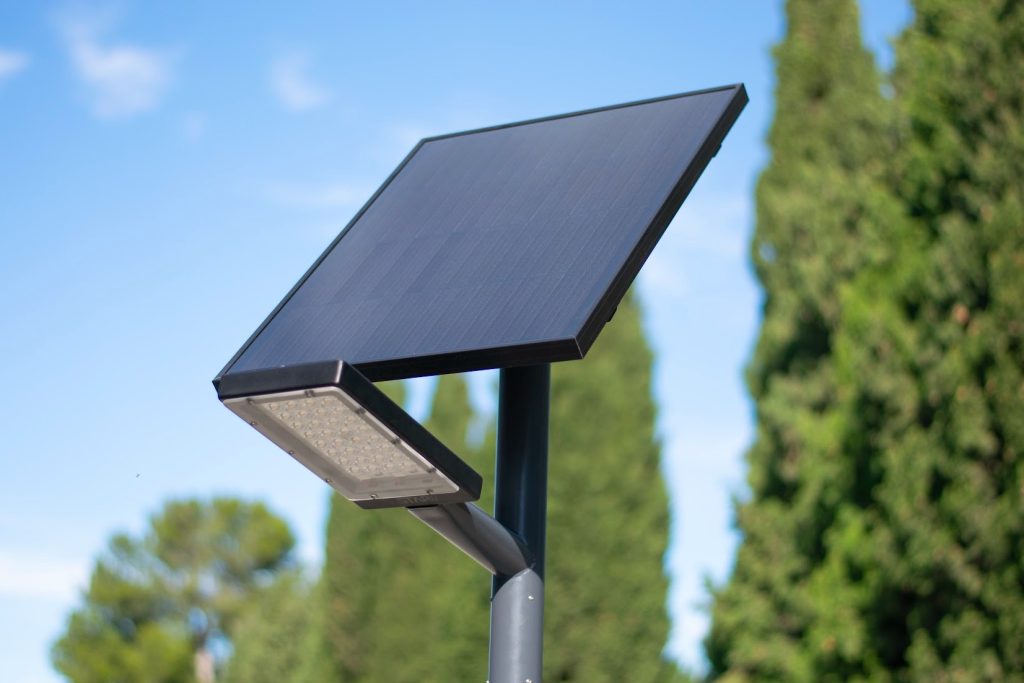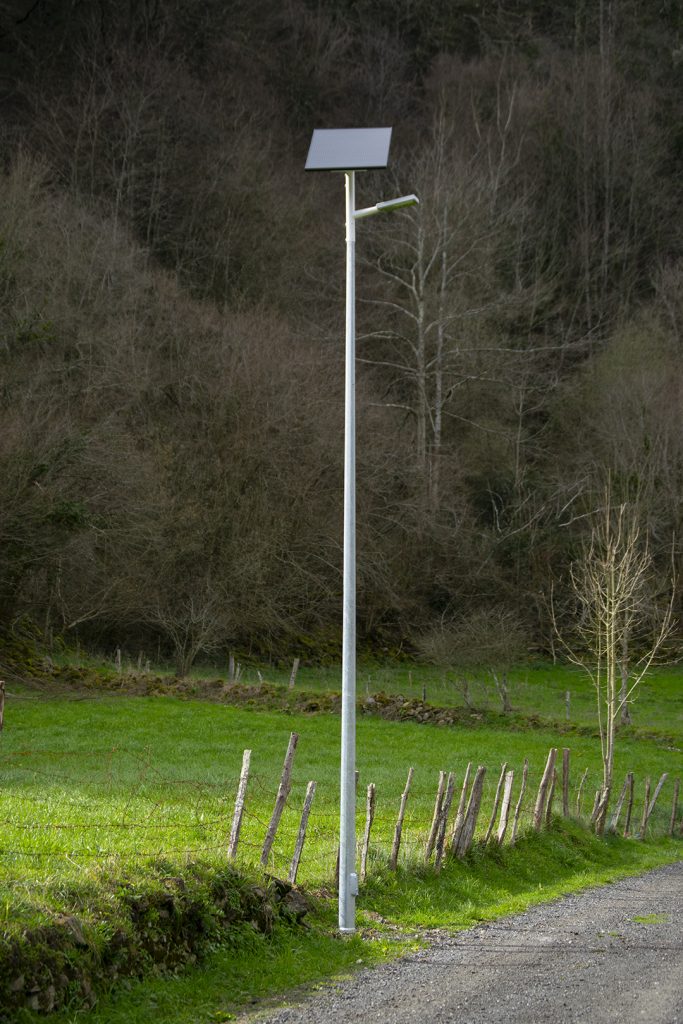April, 2025
Why do we keep installing miles of wiring to light a streetlight? The traditional lighting system is obsolete: costly, inefficient and unsustainable. But there is a solution that is already revolutionizing streets and entire cities. It is called solar lighting, and it not only saves money, it also eliminates emissions and installs in record time. Sound too good to be true? Read on and see for yourself.
Why keep paying for light that the sun gives us for free?
For more than 60 years, the system of conventional lighting has hardly changed. Cities continue to spend large budgets on complex electrical installations: trenches, wiring, control panels, bulletins, maintenance... Everything for a light that is totally dependent on the grid and that also consumes a large amount of energy.
In a context where efficiency and sustainability are top priorities, solar lighting emerges as the intelligent solution that turns spending into investment and dependence into autonomy.


What is solar lighting and how does it work?
A solar lighting is a self-contained outdoor lighting system that operates exclusively on photovoltaic solar energy. It consists of:
Monocrystalline solar panels, which capture the sun's energy even on cloudy days.
LiFePO4 lithium batteries, which store energy and guarantee nighttime autonomy.
High-efficiency LED luminaires, which provide powerful light with low power consumption.
MPPT Controllers , that optimize performance.
Motion sensors and remote telemetry and remote managementfor total control
The great advantage: no need for connection to the power grid, which means zero consumption and zero bills.
Comparison: Solar vs conventional lighting
| Appearance | Conventional Lighting | Solar Lighting (Staria) |
|---|---|---|
| Requires electrical connection | Yes | No |
| Installation cost | High | Up to 70% cheaper |
| Installation time | Weeks | 24–48 hours |
| Maintenance | Frequent | Virtually none (10 years) |
| CO₂ emissions | High | 0 emissions |
| Risk of wiring stealing | High | None |
5 advantages of solar lighting
1. Economic savings from day one
The solar solutions of Staria Technologies do not require trenches or electrical connections. This allows up to 70% reduction in the cost of civil works. In addition, the sun's energy is free: goodbye to bills.
2. Clean energy, always available
The panels capture solar energy during the day, and the batteries supply it at night. Thus, the light remains stable all year round. Every 100 solar luminaires avoid the emission of 23 CO₂ tons in 10 years, which is equivalent to 17,670 planted trees.
3. Ultra-fast installation
No electrical licenses, no complex procedures, no time-consuming construction work. Staria's solar street lights are installed and activated in 24-48 hours, ideal for housing developments, industrial estates, rural areas or public parks.
4. Zero maintenance
Thanks to premium-quality batteries (LiFePO4) and advanced LED technology, the luminaires have a high service life of up to 30 yearsand can operate up to 10 years maintenance free.
5. Integrated intelligent technology
Motion sensors, automatic power adjustment, remote fault management, weather forecasting and more. Luminaires such as the SAT and Infinity make lighting an intelligent tool at the service of cities.

Conclusion: The future of lighting is solar, smart, and fast.
It is no longer necessary to invest in kilometers of cable, slow construction or polluting systems.
A solar lighting offers a real and proven solution: more efficient, more economical and more environmentally friendly.
Want to take the step towards smarter lighting?
Request your free quote at: https://stariatechnologies.com
Interested in learning more?
Here are some other articles that may be of interest to you:
How we install solar lighting in 24h: the Staria solution step by step.
Find out how we managed to implement solar lighting in record time, without the need for grid connection or electrical licenses.
Solar Street Lighting for Public Lighting: What makes a quality luminaire?
Everything you need to know about the technical elements that make the difference between an efficient solar street light and a non-efficient one.

